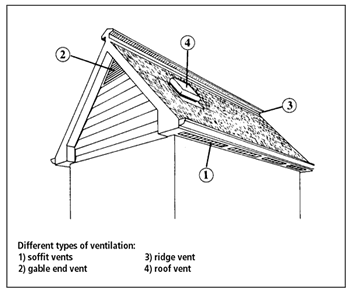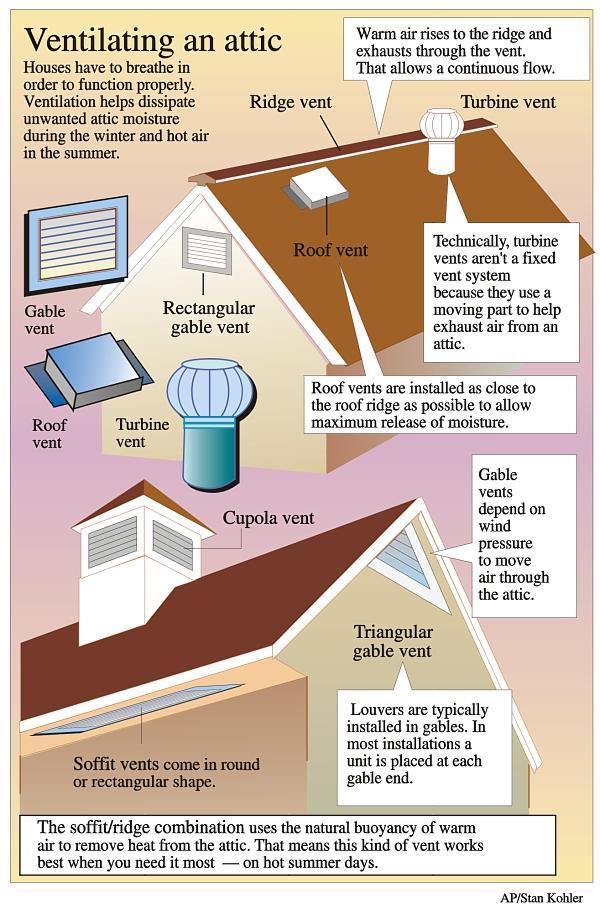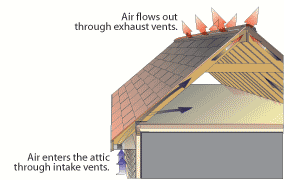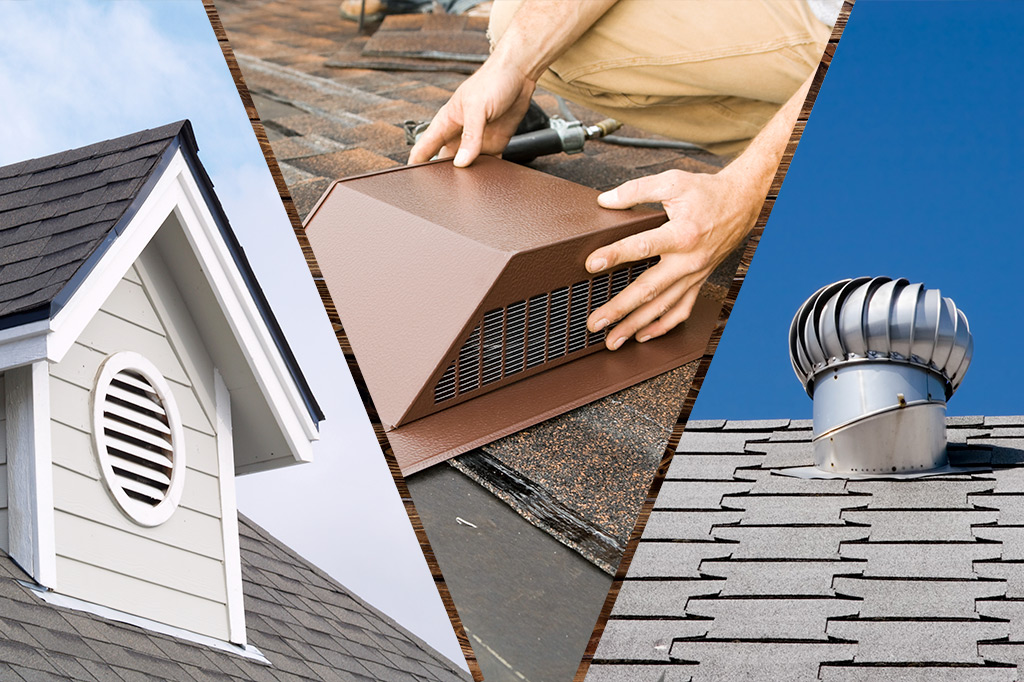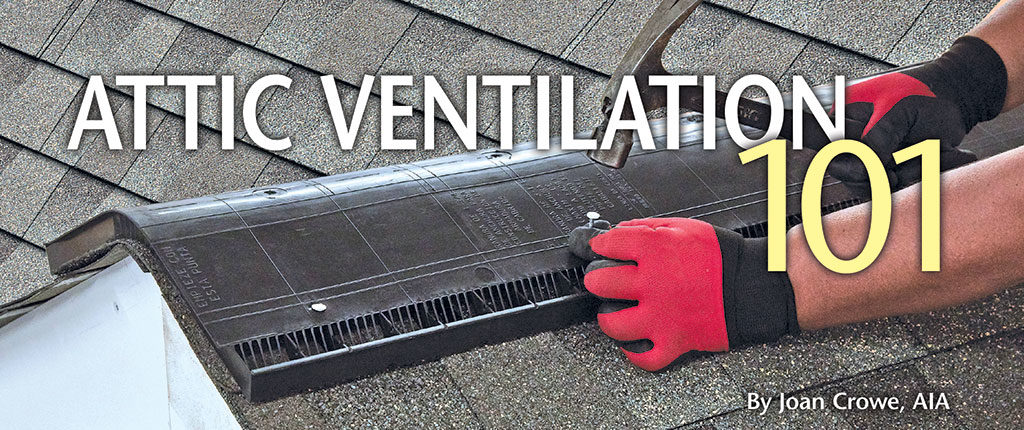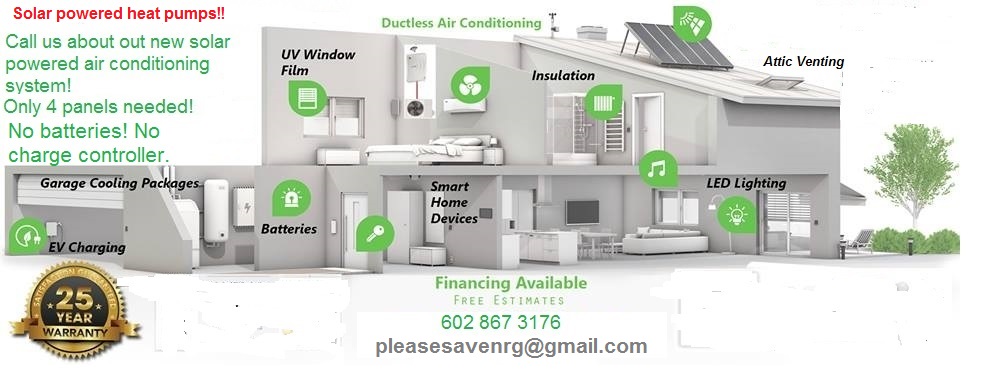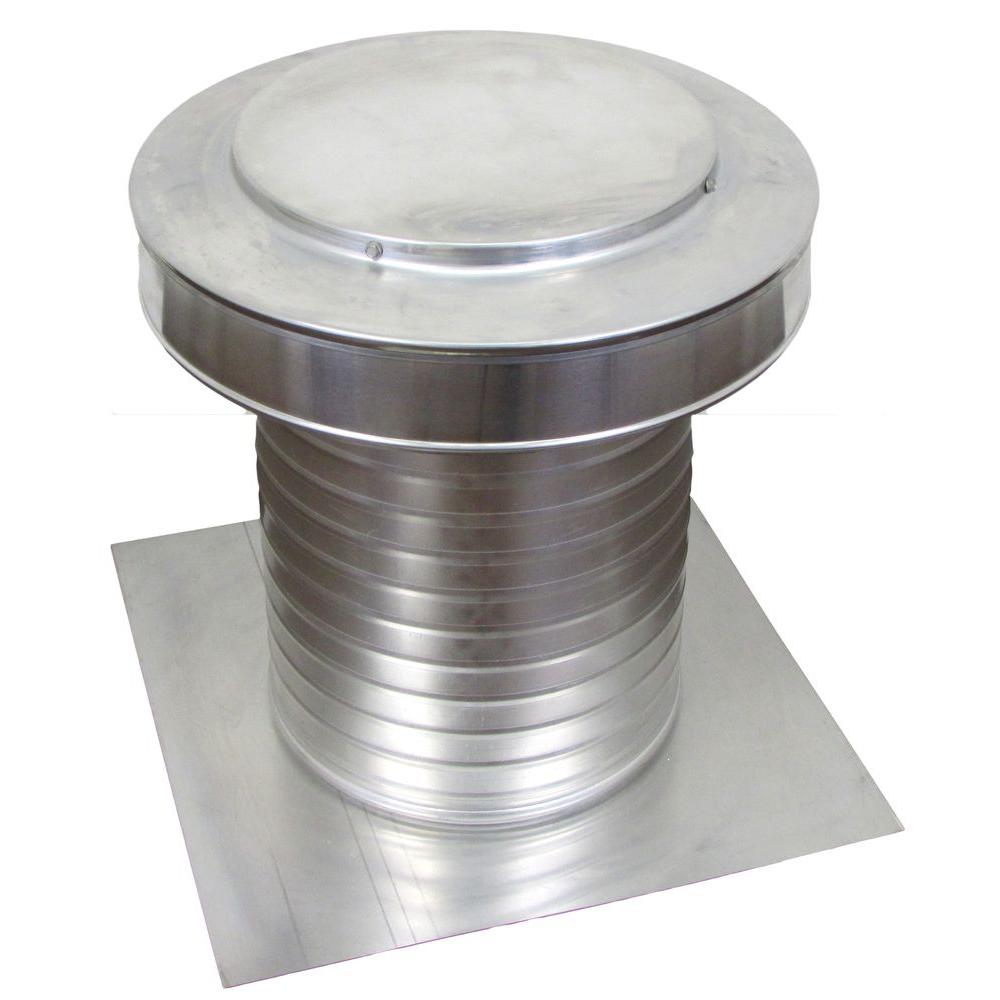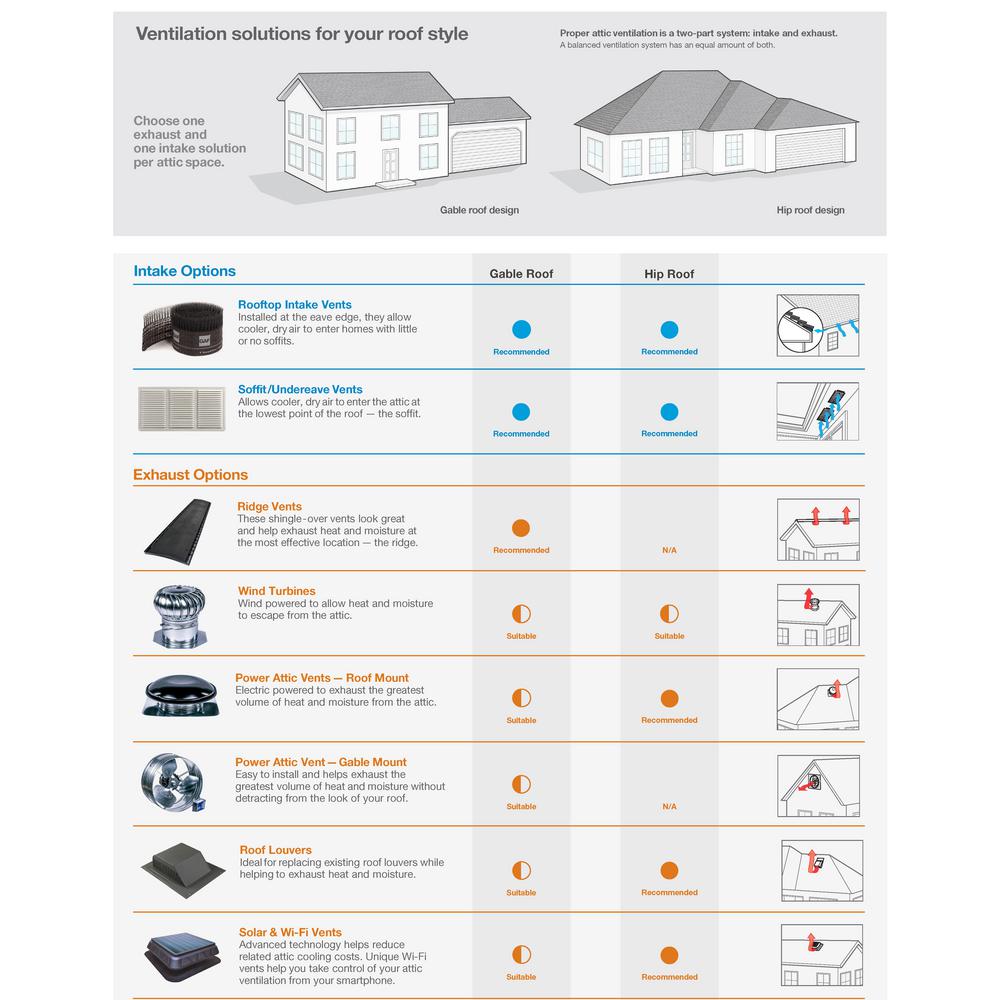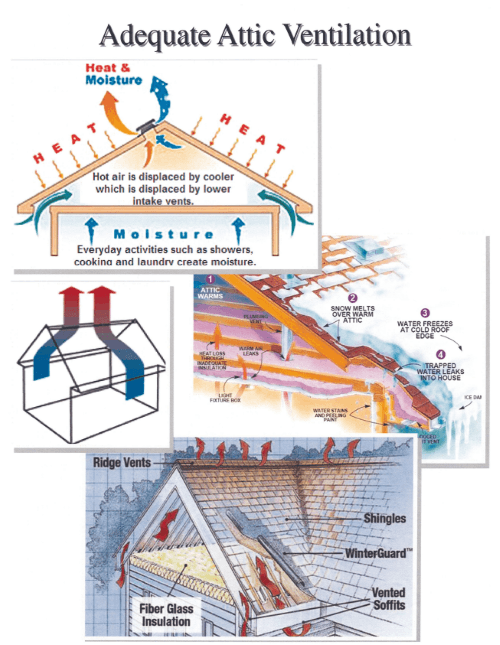Power vents also known as power attic vent pav these vents rely on a power source to remove the heat from the attic.
Is a power vent the best type of attic ventilation.
One static vent style is the turbine vent which uses wind to power its enclosed fan all it takes is a light breeze to rotate the blades and suck heat out of the attic view example on the home.
In general there are five types or categories of exhaust vents.
It allows hot air to escape in the summer and can also help reduce the chances of ice damage in the winter by allowing a natural flow of outdoor air to ventilate the attic.
What is an attic power ventilator.
The saying more is less applies to exhaust vents for an attic.
An attic ventilator is essentially a port where air can escape to the outdoors.
Powered by electricity this requires high maintenance.
Depending on the type of roof your house has you may choose any of the following types of exhaust vents.
These types of vents contain motors that drive large fans in order to remove the moisture and hot air from your attic.
The motors installed inside these vents run smoothly and quietly and are hence one of the most sophisticated types of roof vents.
Power vents pros power vents are generally roof or gable mounted and are also known as pav s power attic vents.
The ravc recommends never mixing two types of exhaust vents on the same roof above a common attic because it could short circuit the attic ventilation system.
Meant for the gables of the roof.
If your roof has a lot of ridges you can use this form of ventilation.
Modern building regulations say you must have roof vents but they re passive they don t do anything to create airflow.
While it may seem silly to meticulously cover a home with insulation only to leave a place for air to escape the attic vent serves a few important purposes.
This helps to reduce the incidence of squeaking noises caused by cheaper models and improves ventilation.
Ridge vents power fans traditional electric and solar powered wind turbines gable louvers and roof louvers.
Power this type of vent is also known as a power attic vent pav.
In either case there needs to be a balance between intake and exhaust as well as adequate attic insulation.
That s where an attic fan comes in actively drawing the hot air out.
As you might surmise from the name this style relies on a power source to speed up the process of removing heat exhaust from your house.
